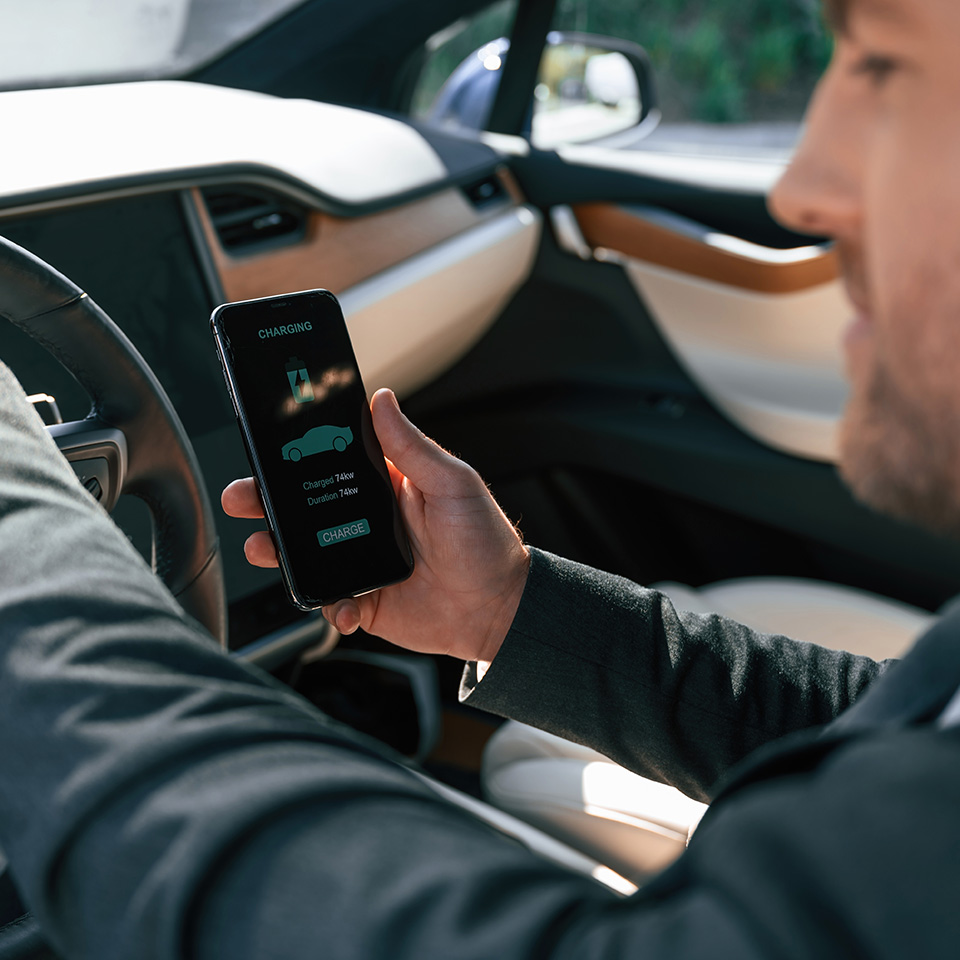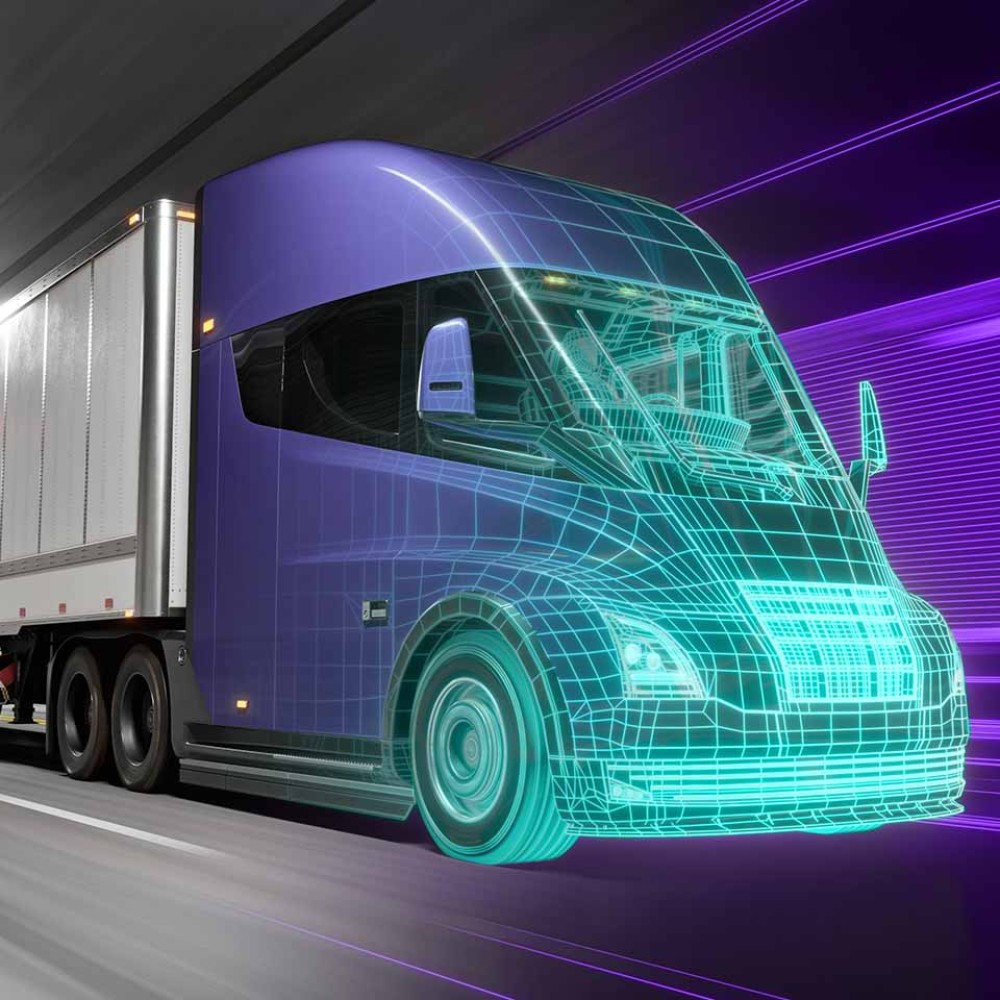In brief
- Software-defined vehicles (SDVs) are on the rise. They allow new services and tools that can be combined to develop, deploy, operate, maintain, update and upgrade vehicle fleets with minimal effort
- Carmakers need a powerful backend that’s capable of orchestrating the different aspects of the software lifecycle loop, like fleet communication, connection to third-party services and data-driven development
- VɪᴏʟᴀRᴇᴅ Cᴀʀ demonstrates a seamlessly connected SDV, capable of getting modular containerized software updates over the air — with an easy-to-handle form factor, suitable for use in laboratories or at exhibitions
The next time you clean out your attic, don’t throw away that cool RC car that’s hidden away — it may come in handy for top-notch software development and testing. VɪᴏʟᴀRᴇᴅ Cᴀʀ is proof.
SDVs, their challenges and how to move forward
In today’s software-defined world, vehicles are becoming more software-driven. But the software that runs on electronic control units (ECUs) is still delivered separately, with increasing volume. Organizations need to take greater control of the software and the software cycle by transforming their in-house software development capabilities and developing their own modular software product portfolio.
In a joint effort, Zoreza Global and Red Hat tackle the automotive use case of SDVs, combining open-source software development methodologies, automotive standards and the corresponding necessary tool suites and processes. Together, we master product variations of SDVs and take a holistic approach for over-the-air (OTA) updates to enhance the software of a car without the need to visit a garage.
The goal is to enable the transition to the development of SDVs, allowing you to take greater control of your software and data, and giving you the freedom to build your own differentiation without vendor lock-in. Push updates for certain parts of modular software, create new revenue streams through digital services with on-demand software features and send location-based, safety and security updates to the cars… The possibilities are endless.
Why a toy car?
The VɪᴏʟᴀRᴇᴅ Cᴀʀ project aims to vividly demonstrate the entire cycle of acquiring, handling and deducing data for software development and using an autonomous driving function as an example. The VɪᴏʟᴀRᴇᴅ Cᴀʀ shows how a global fleet of vehicles can be managed and updated OTA. The project combines virtualized ECUs with state-of-the-art container and IoT technologies. Red Hat’s outstanding capabilities in container management, enabled by OpenShift in the backend, remove the need for Kubernetes in the car. The whole system is based on open-source software.
To showcase all that at an exhibition booth, toy cars are easy to handle, have a great eye-catching effect and are cheap to build and maintain.
Presenting: VɪᴏʟᴀRᴇᴅ Cᴀʀ
In the demonstration, we show an autonomously driving road follower going around an oval test track. Our open-source software-defined vehicle, called VɪᴏʟᴀRᴇᴅ Cᴀʀ, follows the same path while maintaining a safe distance to the preceding vehicle. For demonstration purposes, we use the Adaptive Cruise Control as an AD function to receive an update, but this could be any component of the in-vehicle software stack.

VɪᴏʟᴀRᴇᴅ Cᴀʀ (the purple one) following its pace car
Now, imagine that new regulations allow for a shorter minimal distance, but require a camera software update. Testing efforts have already proven functional safety. It's time for the test fleet to receive the update.
The car must be in a predefined, safe location to roll out the update (e.g., at a charging station). Once safe zone entering is detected (which is part of the Red Hat connected vehicle architecture pattern), the car gets notified about the pending update by the campaign management system.
In the demo case, this stops the car, allowing it to safely download and update the software. After a successful update, the car will continue its journey — with improved functionality for a better and safer driving experience.
Two software modules are needed at runtime: Zoreza Global’s campaign management and the components of Red Hat’s connected vehicle architecture pattern. Both run on an Open Shift container platform in the cloud, allowing for a seamless connection to scalable containerized simulation execution and integration into a software factory.
Under the hood — technology
The figure below shows an overview of the current VɪᴏʟᴀRᴇᴅ Cᴀʀ architecture.

Let’s have a closer look at each of the components and interactions that make up the VɪᴏʟᴀRᴇᴅ Cᴀʀ demo.
The car
The VɪᴏʟᴀRᴇᴅ Cᴀʀ is a 1:10 RC model pickup truck. It acts as the follower in our current demonstration and follows the vehicle in front while maintaining a distance using adaptive cruise control.
The software stack of the car consists of an operating system with container runtime, middleware and an application layer.
The car is equipped with a single RGB camera for perception and indoor localization. Using infrastructure support via well-defined marks on the track is a standard principle used in automated valet parking systems to stay on track and keep the distance to the preceding vehicle.
From a network point of view, the VɪᴏʟᴀRᴇᴅ Cᴀʀ is a registered entity at the backend. As such, it can publish data (e.g., telemetry data) to the vehicle registry and receive commands using various transport protocols, like MQTT or HTTPS.
The backend
The backend is hosted on the Red Hat OpenShift Container Platform. It comprises two main parts:
- The red box:
This depicts the Red Hat Connected Vehicle Architecture Pattern - The purple box:
This represents the Zoreza Global OTA Campaign Management
These components are interconnected through the Zone-Change-Adapter (OTA integration). Additionally, components directly communicate via an API to share information such as details about OTA update campaigns.
Red Hat Connected Vehicle Architecture Pattern
This component includes a registry for vehicle registration and provides endpoints for vehicles to connect. It also features user interfaces for vehicle management and data observation. The architecture offers location tracking for the car and displays predefined zones on the map. Zones can be used to trigger actions when the car enters or leaves them.
Zoreza Global OTA Campaign Management
Finally, there’s the OTA Update Management, a solution developed by Zoreza Global Connected Mobility. It’s part of the backend and orchestrates the OTA updates by bundling software update packages into campaigns. A campaign specifies which update package shall reach which target vehicle group. During the rollout of a campaign, every car (belonging to the specified target group) which enters the zone gets the update. Campaigns can be executed and monitored via the API or Web UI. In the VɪᴏʟᴀRᴇᴅ Cᴀʀ demo, the zone-change-adapter triggers campaign execution as a result of zone change events.
Small car with big ambitions
As you can see, the software-defined vehicles in this setup might be small, but they set out to demonstrate the full potential of OTA updates and management, at a fraction of the cost of classical approaches. The flexible open-source software foundation and the ability to run containers makes development, testing and validation fast and effortless. Time to look in the attic for that stowed-away RC car.
Rev up your (model) car and get ready for the race toward SDVs. Zoreza Global is your trusted partner, from pit stop to the finish line. Get in touch.









